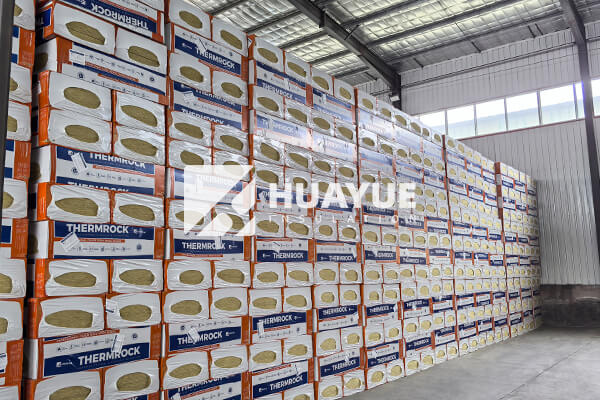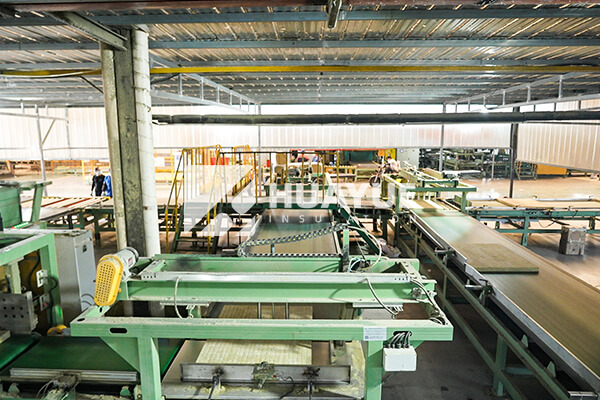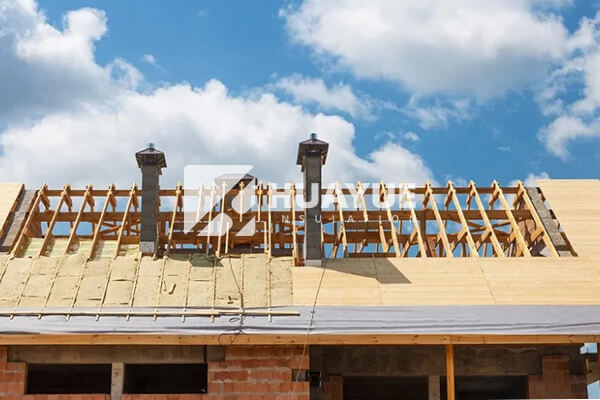Is Rock Wool Roof Insulation the Best Choice for Your Building?
If you want to keep your building cool in the summer and warm in the winter, the insulation you choose matters a lot. The wrong insulation can waste energy and cause costly problems.
Rock wool is an excellent choice for roof insulation because it combines strong thermal performance, fire resistance, and great durability. It also stays effective for a long time with minimal maintenance.

Sometimes people overlook how insulation impacts the daily comfort and operating costs of a building. But when I help customers pick roof insulation, I always tell them that the right product today means fewer headaches tomorrow. In this post, I’ll share what makes rock wool stand out and answer popular questions about its performance, mold resistance, and expected lifespan.
Is Rock Wool Good for Roof Insulation?
A leaky roof insulation system turns every season into a challenge, raising your utility bills and risking damage to your building. Picking the wrong product may mean extra repair costs down the road.
Rock wool is a top-performing material for roof insulation because it does not absorb water, has great fire resistance, and gives solid thermal protection. It keeps indoor spaces comfortable and safe over many years.

Rock wool insulation, also known as stone wool or mineral wool, comes from spinning molten basalt rock into thin fibers. These fibers get packed into boards or batts, which roofers can lay over or between surfaces. Unlike other insulation types that may slump or lose shape, rock wool stays stable and maintains its specified R-value over time.
The key reasons I see customers switch to rock wool for roofs are its thermal efficiency, sound absorption, and fire safety. Its dense structure blocks heat transfer, keeping buildings cooler in summer and warmer in winter. For facilities that face high temperatures, fire risk, or need strict safety compliance, rock wool gives peace of mind because it is non-combustible and can withstand temperatures above 1,000°C.
Here’s a quick comparison:
| Feature | Rock Wool | Glass Wool | Polyurethane |
|---|---|---|---|
| Fire Resistance | Excellent | Good | Poor |
| Moisture Resistance | Excellent | Moderate | Poor |
| Thermal Conductivity | 0.035 W/m·K | 0.038 W/m·K | 0.023 W/m·K |
| Sound Absorption | High | Moderate | Low |
| Durability | High | Moderate | High |
For customers in heavy industry, or those managing sensitive production environments, the peace of mind that comes with rock wool’s stability is a clear benefit. I always share how its resistance to moisture and pests means fewer maintenance headaches, and that’s just the start of what makes this material ideal for roofs.
Can Mold Grow on Rockwool Insulation?
If your insulation develops mold, you risk serious damage not only to your building, but also to the health of employees and occupants. Damp, moldy insulation can trigger allergies and rot building materials.
Mold cannot grow on rock wool insulation because it does not absorb water and is made from inorganic materials. This greatly reduces the risk of mold or mildew developing.

Rock wool is made from minerals and contains no organic content. Mold and other bacteria need organic food sources and moisture to grow. Because rock wool does not retain water, mold simply cannot take hold. When I inspect roofing projects years after installation, I often find the rock wool still dry and intact, with no signs of microbial growth.
In chemical plants or industries that see temperature swings and occasional leaks, this is a huge advantage. I’ve talked to engineers who struggled for years with soggy, musty fiberglass that needed frequent replacement. With rock wool, they finally got a solution that stays dry and healthy in the long term. For facilities where hygiene is top priority—think food processing or pharmaceuticals—rock wool stands out as a reliable, mold-resistant material that keeps maintenance costs down.
Here’s a breakdown of why rock wool resists mold so well:
| Attribute | Rock Wool | Fiberglass | Organic Insulation (e.g., cellulose) |
|---|---|---|---|
| Organic Content | None | None | High |
| Water Absorption | Very Low | Moderate | High |
| Mold Growth | None | Low-to-Moderate | High |
What Is the Lifespan of Rock Wool Insulation?
A short-lived insulation system will need frequent repairs and replacement, adding hidden costs to a building’s life cycle. This is why lifespan is a key decision factor.
Rock wool insulation can last 30-50 years—or even longer—if it’s installed properly and stays protected from physical damage. It keeps its insulating and fire-resistant properties over time.
The durability of rock wool comes from its mineral composition and dense structure. I have seen roofs insulated decades ago still meeting performance specs, due to rock wool’s resistance to settling, compacting, and weathering. Because it is inorganic, it does not rot, break down, or become a food source for pests or insects.
When you consider total ownership costs, this means big savings for property managers, plant engineers, or building owners. I always explain to clients that the investment in a higher-quality material like rock wool makes sense when you factor in fewer repairs, reduced risk, and longer replacement cycles.
Here’s a simple look at insulation lifespan:
| Insulation Type | Typical Lifespan | Key Risks That Shorten Life |
|---|---|---|
| Rock Wool | 30-50 years | Physical damage, poor installation |
| Glass Wool | 15-25 years | Moisture, pest, compaction |
| Polyurethane | 20-30 years | UV damage, chemical breakdown |
To make the most of rock wool insulation’s lifespan, I always recommend following best practices for installation—avoiding compressing the insulation, using proper vapor barriers if needed, and keeping the roofing system well maintained.
Conclusion
Rock wool roof insulation is a strong, stable choice that resists mold and can last for decades, making it a safe and cost-effective solution for any industrial or commercial roof.
You may also be interested in:
Ready to Get Started?
Get in touch with our experts for personalized solutions tailored to your needs.
Get Free QuoteLatest Articles

Fiberglass Insulation Roll - What’s Inside the Roll?
Dec 22, 2025
Let's Work Together
Ready to take your business to the next level? Get in touch with our team of experts and let's discuss how we can help you achieve your goals.
Get Free Solutions






